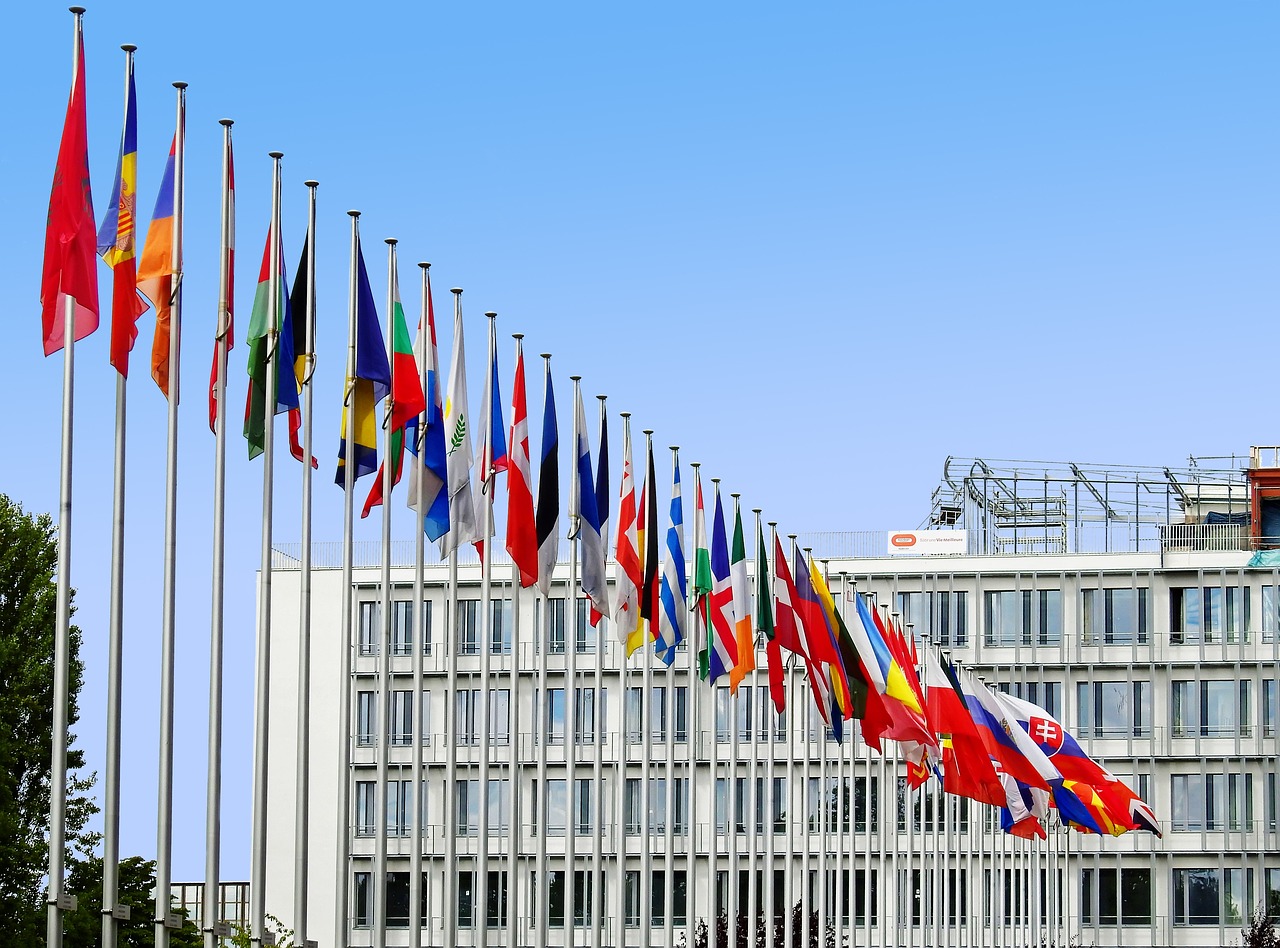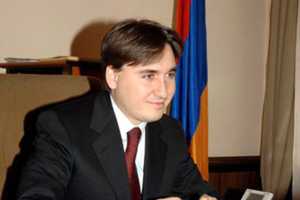Author: Kostis Geropoulos
21 November 2010 – Issue : 912
ISTANBUL – A day after the European Commission presented in Brussels its Fifth Report on Cohesion, underlining that future investment must be closely aligned to the objectives of the Europe 2020 strategy, representatives from European regions gathered in Istanbul at the Assembly of European Regions (AER) on 11-12 November to adopt a Declaration on innovation, research and development (R&D).
 “You are at the heart of the decisions we’ve taken for the two coming years, said Michele Sabban, the newly re-elected President of the AER.
“You are at the heart of the decisions we’ve taken for the two coming years, said Michele Sabban, the newly re-elected President of the AER.
“The Europe 2020 strategy is about tomorrow. It’s going to happen very quickly. As for research and development in the cohesion policy, it is the key element,” she told reporters in Istanbul on 12 November, adding that regions are gaining momentum now because they are faced with major challenges. One of these challenges is the economic crisis.
“I hope for our fellow citizens that we are on our way out from the crisis. Governments currently are not making proposals to create jobs, to indentify new competences for our young people who very often are the more exposed to unemployment, like women. In our final declaration we will launch a call to Brussels saying that when you launched your recovery plan two years ago you didn’t take regions into account. This final declaration asks Mr. (EU Commission President Jose Manuel) Barroso to take into account what regions propose. The AER aims at becoming the go-between the European Commission and the Regions of Europe,” Sabban said, responding to a question fromNew Europe about the Europe 2020 strategy.
Klaus Klipp, the Secretary General of the AER, which brings together more than 260 regions from 34 countries and 16 interregional organizations, said the Europe 2020 strategy, like the Lisbon strategy in 2000, does not take regions into account. During the Lisbon strategy midterm report in 2005, the European Commission realized that they had forgotten that innovation is really happening in regions, Klipp said, noting that Barroso at the time finally declared during the national assembly: “Innovation is at the regions now.”
Klipp said regions are very active in the context of innovation and economic growth. “We have 22 million small and medium enterprises (SMEs) only in the European Union. Now not all of these 22 million enterprises are interesting because there are companies that just run a restaurant and things like that. But then you have a lot of very technology-oriented, very modern, very advanced companies that are very important for economic growth, for innovation and for the economy.
And there still millions in Europe, meaning in every bigger country hundreds of thousands,” Klipp said. “Who can be in contact with those people, understand what they do, what their needs are, what’s happening in those companies? Who has that knowledge? There is no bureaucrat somewhere in a national capital or in Brussels who has only a clue what is going on in those companies. Regional politicians know the owners, they know the people that work in those companies, they know their customers, they know the whole environment where these companies are working in, so they have a very good understanding of this,” Klipp added.
Innovation comes from bringing the researchers together with those companies. “Those companies are all over Europe. They are not necessarily always in clusters; some of these companies are somewhere in the mountains where there is a village and you wonder why is this world-class, market-leader company in this mountain area; because the owner was born there and started his business there — very simple. If you don’t understand how these people are working, you do a policy that is not reaching these people. So we need to have this contact with these companies and in the regional level politicians have that,” Klipp said.
“The big problem of the Europe 2020 strategy is that again it doesn’t really take that into account and we worry now that the cohesion policy will be very much based on Europe 2020 strategy. This is a big battlefield where we are in the middle at the moment,” Klipp said, adding that the AER is a go-between European regions and Brussels. “There is a kind of machinery that makes decisions and they are based on papers of think tanks and statistics, but they don’t know what’s really going on,” he said.
A day earlier at a breakfast with journalists, Sabban said research and innovation will lead to economic development and the creation of jobs. She was responding to question from New Europe about the economic crisis and how can regions still foster economic development and fight climate change in such a context. “Our contribution is to fight unemployment, too, and seize all the proposals we can put forward; smart greens are often talked about; we have to implement them. My region, for example, the Ile de France, in terms of economic development and job creation, is wondering how it can use all new means, especially in the area of climate change, to find solutions and create jobs,” Sabban said.
Meanwhile, Hakan Sandgren, President of AER Committee 1, whose responsibilities include energy and climate change, cohesion policy and common agricultural policy, told New Europe the economic crisis could affect the development of green energy on the short run. “But I don’t think in the long run because investment in energy and smart energy is a very good investment,” Sandgren said on the sidelines of the conference, adding that finding new ways of producing energy will be cost-effective in the long run. “In Committee 1 we have a special working group on energy and climate change and they meet three or four times a year,” he said. AER has also signed a Memorandum of Understanding with General Electric.
A year ago, at its general meeting at GE headquarters in Belfort, France, the AER called for an ambitious climate policy that fully addresses the energy challenges of the 21st Century. This year in Istanbul, delegates hope R&D will help pull regions out of the economic crisis and, at the same time, fight climate change.


